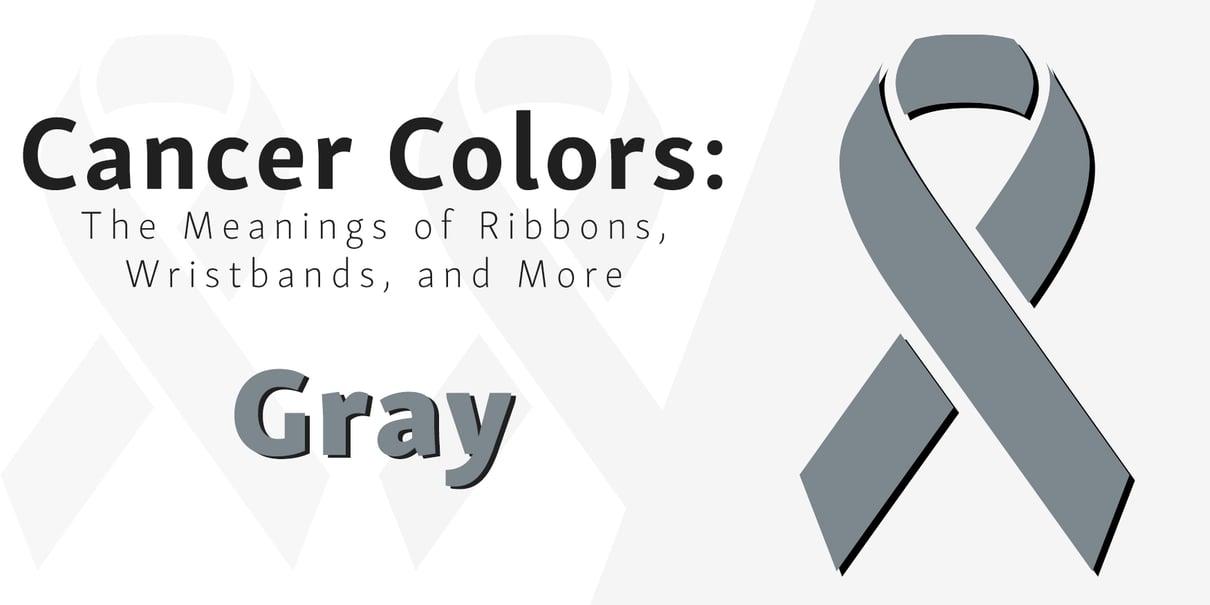
What color is for brain tumor awareness?
When it comes to raising awareness for brain cancer, the color gray is a symbol of hope and support. Brain tumors can be benign or malignant, and they can occur in many different parts of the brain, affecting the body's functions and causing a range of symptoms. Wearing gray in the form of ribbons, clothing, and wristbands have become a popular way to raise awareness for brain cancers and related tumors and to shed light on those who are affected by this disease.
Symptoms Affect Body Functions and Breathing
Symptoms of brain tumors can vary depending on the size, location, and type of tumor. Common symptoms include headaches, vision changes, hearing problems, memory loss, balance issues, seizures, and trouble with body movements. Some people may also experience abnormal breathing, double vision, numbness, weakness, or difficulty speaking or understanding language. If tumors are suspected, a doctor may perform tests such as an MRI or CT scan to make a diagnosis.
Gray Helps Raise Awareness
Gray matter is symbolized by the color gray, which corresponds to the brain cortex's shade. This area of the brain holds the bodies of nerve cells and is responsible for various cognitive functions. [1]
Treatment for brain tumors can include surgery, chemotherapy, radiation therapy, and palliative care. The goal of treatment for brain cancer is to remove as much of the tumor as possible and to control its growth. In some cases, a cure may be possible, but for others, actions may be focused on prolonging life and managing symptoms.
Anyone can be affected, regardless of age or gender. However, some types of malignant brain masses are more common in adults vs. children. Primary brain tumors start in the brain or the tissue around the brain, while metastatic brain tumors occur when cancer cells from another part of the body spread to the brain. Malignant brain tumors are cancerous and can grow and spread quickly, while benign tumors are noncancerous and usually grow slowly.
Adult Brain Cancer Awareness
Adult malignant brain tumors are a serious health issue that affects a large number of people every year. These tumors can occur in various parts of the brain, including the brain stem and spinal cord. [2] Unfortunately, many people who are diagnosed with brain cancers experience impairments in their cognitive functioning, including the ability to form and retrieve memories.
Impacts on The Memory
Glioma is the name for a tumor that occurs in the brain and spinal cord. Different types of gliomas cause different symptoms.
The impacts of these tumors on memory can be devastating. Patients may experience a range of symptoms, including forgetfulness, confusion, and difficulty concentrating. In some cases, patients may also experience an inability to form new memories or recall information that was previously stored in their brains. [3] These cognitive impairments can have a significant impact on daily life, making it a real headache for patients to work, socialize, and engage in other activities they once enjoyed.
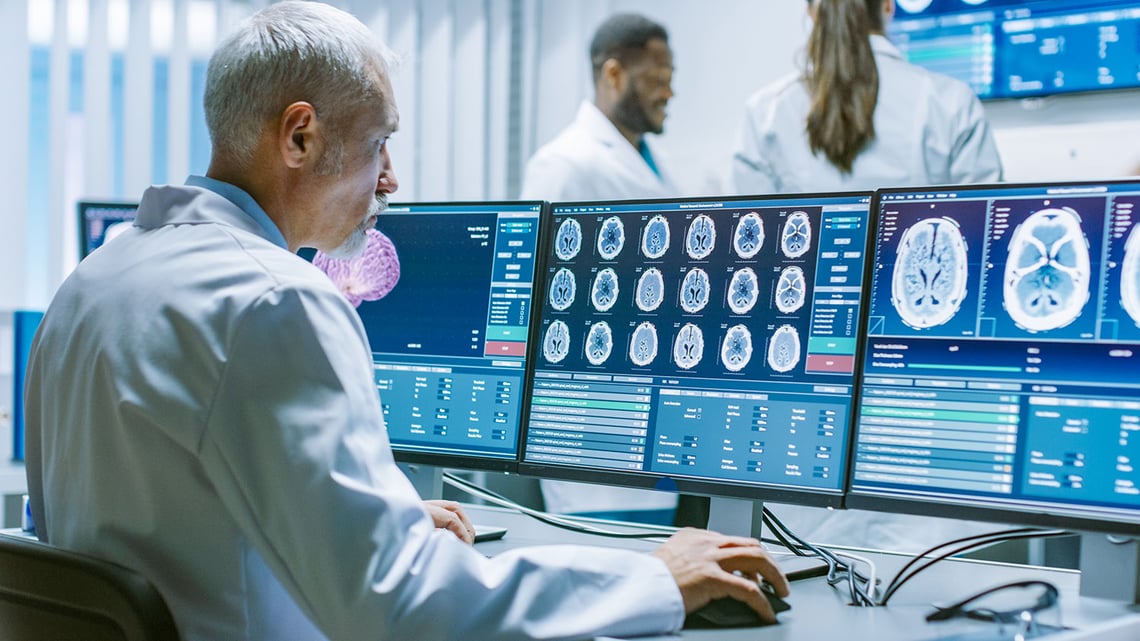
Looking To The Future With Hope and Research
Despite the challenges that come with brain specific tumors and their negative side effects, there is hope for those who are affected by these conditions. With the help of medical professionals and supportive care, patients can work to manage their symptoms and improve their quality of life. Treatments such as surgery, radiation therapy, and chemotherapy may be effective in reducing the size and spread of tumors, which can help to alleviate some of the cognitive impairments that patients experience.
AI Joins The Fight
In an astonishing leap forward, artificial intelligence is now actively contributing to the fight against brain growths. A recent study found that a deep learning algorithm was able to correctly identify the presence of brain tumors with an impressive 94.70% accuracy rate, significantly outperforming traditional methods. [4]
Overall, adult brain cancer research and tumor awareness is crucial for understanding the impacts of these conditions on cognitive functioning. While brain cancers can be devastating, there are treatments and supportive care options available that can help patients to manage their symptoms and improve their quality of life. It is important for patients, caregivers, and medical professionals to work together to address the challenges posed by brain related tumors and to come up with effective strategies for managing cognitive impairments.
Childhood Brain Cancer Awareness
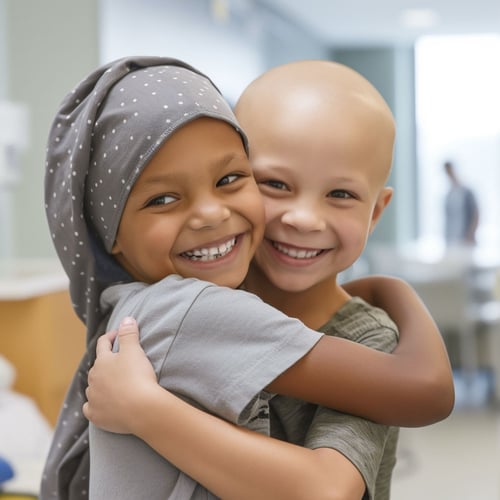 Childhood cancer is a devastating diagnosis that affects thousands of families every year. Among the various types of cancer that can afflict children, brain cancer is one of the most common and deadly. In fact, brain tumors are the leading cause of cancer-related deaths in children under the age of 14.
Childhood cancer is a devastating diagnosis that affects thousands of families every year. Among the various types of cancer that can afflict children, brain cancer is one of the most common and deadly. In fact, brain tumors are the leading cause of cancer-related deaths in children under the age of 14.
Most Common Type of Brain Cancer in Children
Around 50% of childhood brain tumors are astrocytomas, which are the most frequently encountered type of glioma. [5] These tumors typically occur in children aged between 5 to 8 years old. The most common type of tumor found in children's brains is a slow-growing type called pilocytic astrocytoma, which is often filled with fluid and located in the cerebellum. Surgical removal is typically required to treat this type of primary brain tumor.
Less Common Childhood Brain Tumors
Medulloblastoma is a type of cancer that occurs in the cerebellum, the part of the brain that controls balance and coordination. These are rare and account for about 20% of all brain tumors. This cancer forms in the cells that develop into nerve cells and can spread to other parts of the brain stem and spinal column. Symptoms of medulloblastoma include headaches, vomiting, vision problems, and difficulty with balance and coordination. As the tumor grows, it can cause increased pressure on the brain, leading to seizures, loss of consciousness, weak muscles, and even death.
Diffuse Intrinsic Pontine Giloma (DIPG) is a highly aggressive and difficult-to-treat pediatric brain stem tumor, accounting for 10-15% of all childhood brain tumors. It occurs primarily in children between the ages of 5 and 9, and its location within the brain stem makes it particularly difficult to manage.
Each of these tumors present unique challenges and outcomes. While progress has been made in recent years, there is still much work to be done to improve the prognosis and quality of life for children battling DIPG and Medulloblastoma.
Challenges and Raising Awareness
One of the biggest challenges in treating childhood brain cancer is that the symptoms can be vague and difficult to identify. Parents and caregivers should be aware of the signs of brain cancer and seek medical attention if they notice any unusual changes in their child's behavior or health. Early detection is critical for successful outcomes.
In addition to medical care, raising awareness of childhood cancer is crucial for improving outcomes and supporting families. Organizations like St. Jude Children's Research Hospital and the National Pediatric Cancer Foundation are dedicated to funding research, providing resources for families, and raising awareness of childhood cancer.
The Unsettling Reality of Childhood Brain Cancer
According to the National Brain Tumor Society, in children aged 0-14 years, brain tumors represent the most frequently diagnosed solid cancer and are also the primary cause of death related to cancer in this age group. However, only a few treatments have ever been approved for the more than 100 types of brain tumors. This underlines the importance of continued research and improved treatment strategies for pediatric brain malignancies. [6]
As a community, it is important that we continue to raise awareness about childhood cancer and help those who are affected by this devastating disease. By supporting cancer research, providing funding for related services, organizing cancer awareness events, and advocating for better access to care, we can help to improve the lives of children with cancer and their families. With continued dedication and effort, we can work towards a future where childhood cancer is a thing of the past.
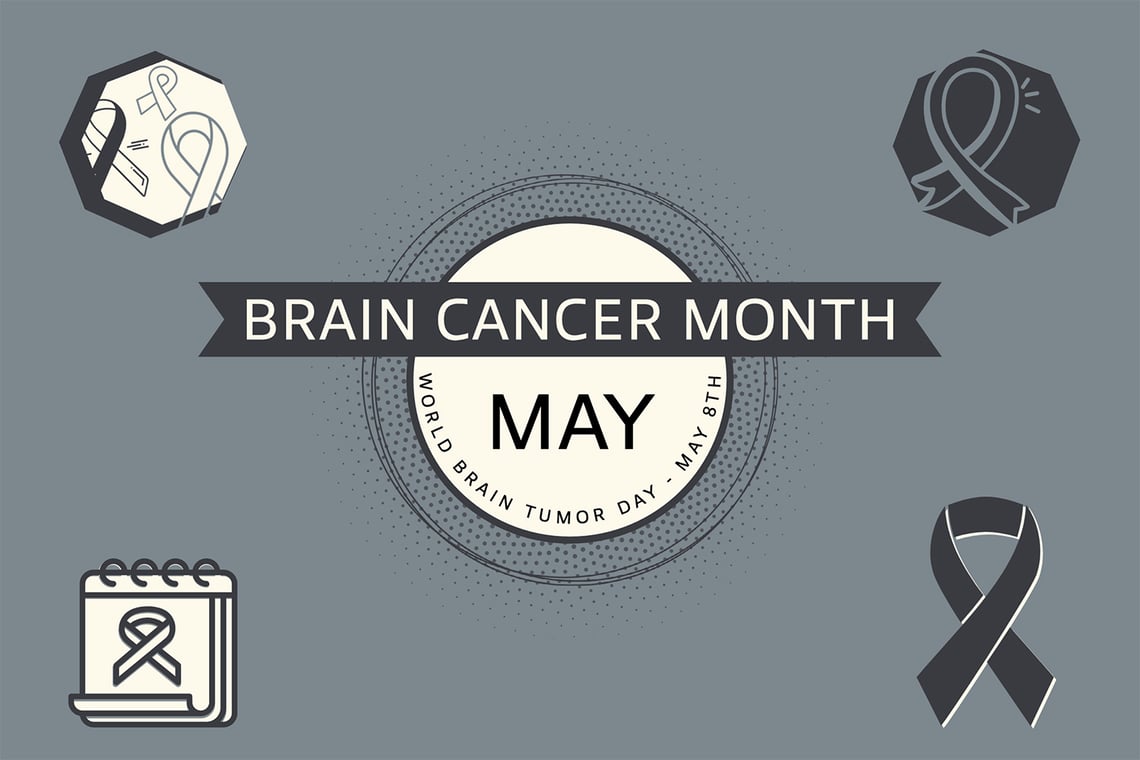
When is brain cancer awareness month?
Brain cancer awareness month is observed in the month of May every year. This month is dedicated to raising awareness about brain cancers, related tumors and the impact they have on individuals and their families. This annual recognition serves as an opportunity for people to learn more about the signs and symptoms of brain related tumors, as well as the importance of early detection and intervention.
During brain cancer awareness month, several organizations and healthcare professionals participate in various events to provide information about the condition and raise funds for research. The goal is to improve the diagnosis and treatment of brain tumors and bring light to patients and their families. By increasing cancer awareness, we can help save lives and improve the quality of life for those affected by this disease. Additionally, we should remember the significance of Brain Injury Awareness Month in March, which focuses on brain injuries and their impacts.
June 8th marks the annual observance of World Brain Tumor Day, a global event dedicated to raising awareness about brain tumors/research (also known as brain tumours or brain tumour research outside of North America) and the challenges they pose to individuals and their families. Initiated by the German Brain Tumour Association, this day serves as a platform for patients, caregivers, healthcare professionals, and researchers to unite in the pursuit of knowledge and collaboration. [7] The primary objective is to improve public understanding of brain tumours and encourage ongoing brain tumour research aimed at finding better treatments and, eventually, a cure.
You Don't Have To Be A Doctor To Make An Impact
Brain tumor awareness is essential for increasing funding for research, to develop new treatments, and work towards a cure for those who are affected by this disease. Organizations such as the American Cancer Society (ACS) and the American Brain Tumor Association (ABTA) are dedicated to raising cancer awareness, advancing our understanding of these tumors and finding new ways to treat them.
How Can Wristbands Help?
Gray cancer wristbands can help to raise awareness for brain cancer and to show support for those who are affected by it. Wearing a gray wristband can help start conversations about someone impacted by a brain tumor, raise cancer awareness, and encourage others to learn more about this disease. It is also a symbol of hope for those who are going through treatment or caring for someone with a brain tumor.
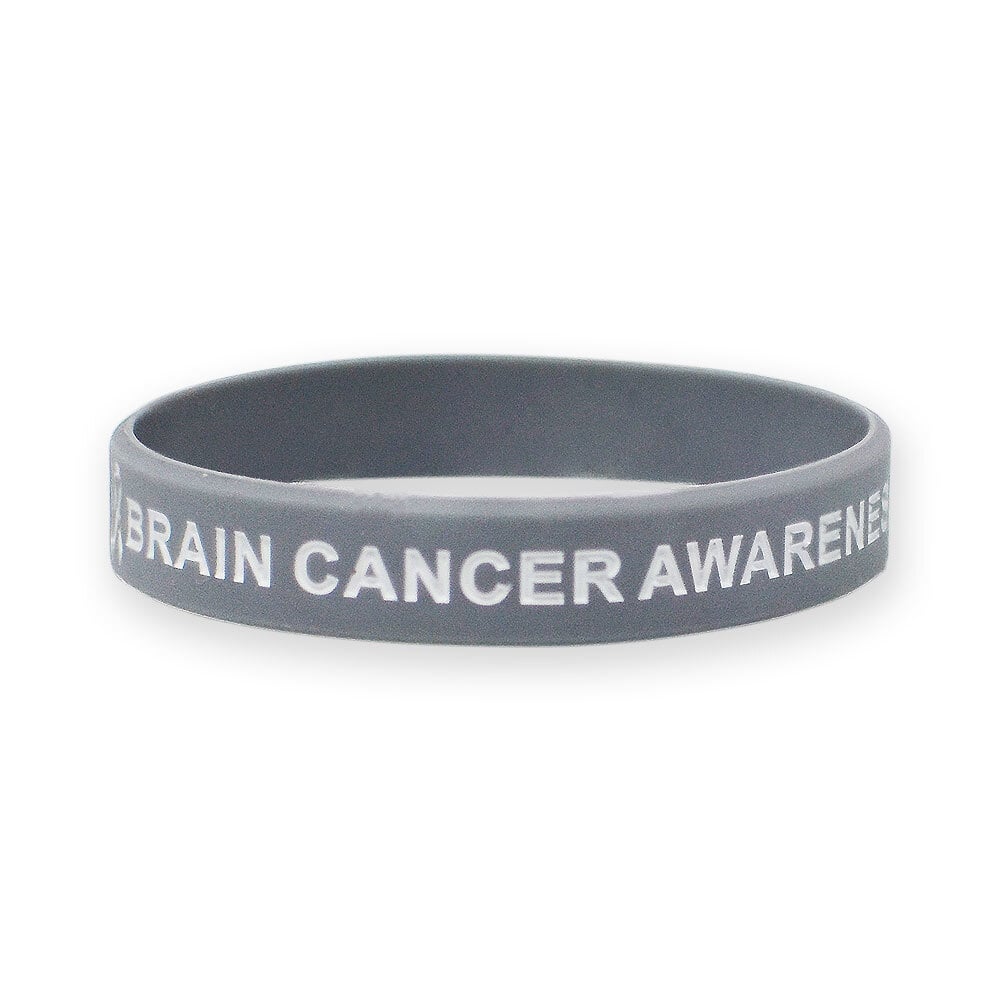
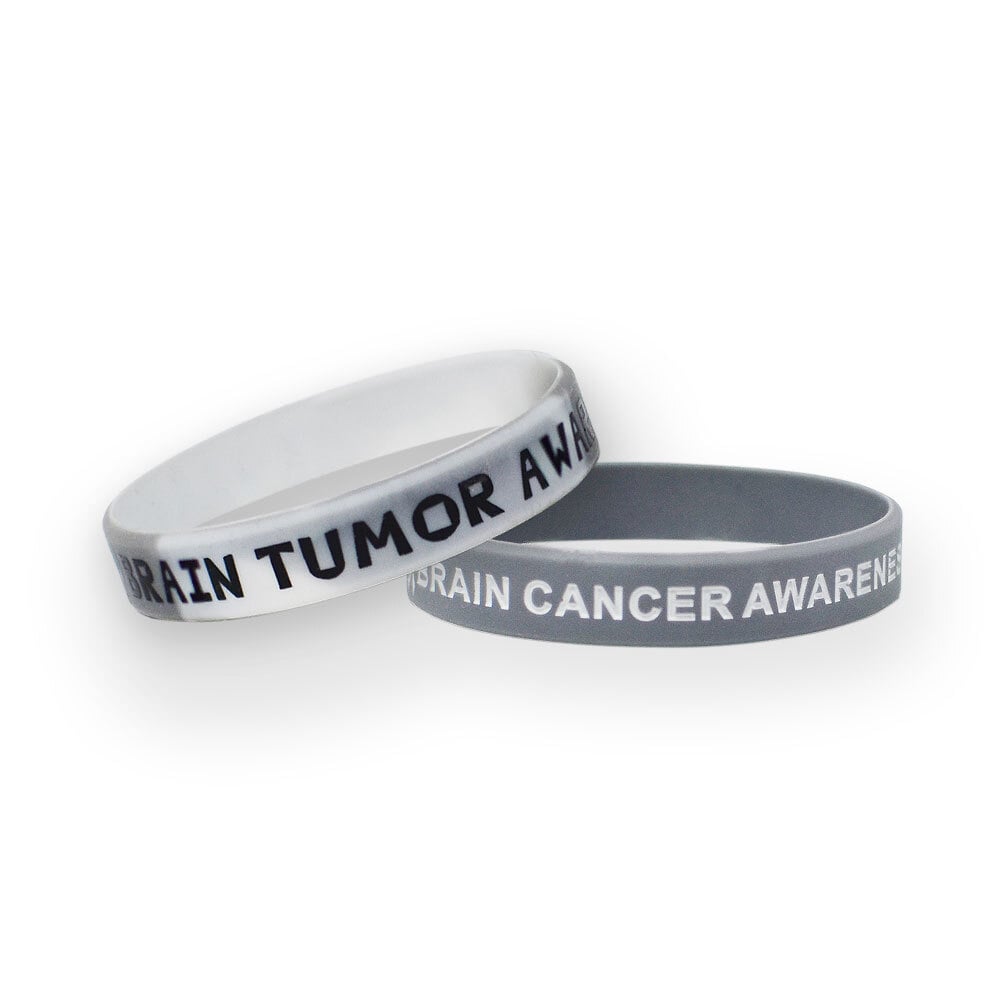
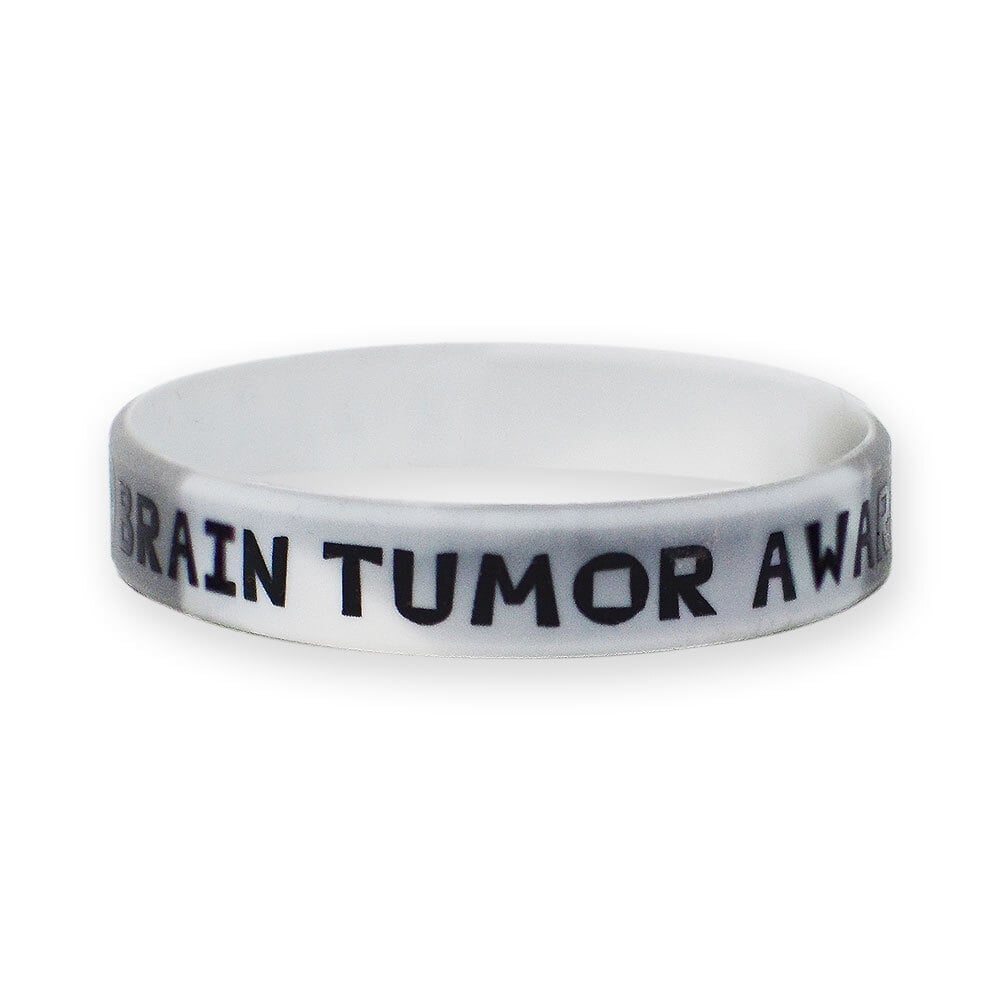
Gray silicone wristbands are a powerful way to raise awareness for brain cancer and the many different types of symptoms observed by those suffering such as headache, fatigue, nausea, loss of hearing, seizures, weakness of muscles, and other more severe symptoms. By wearing a gray wristband, you can help to increase funding for research, improve treatments, and provide support to those who need it most. Let's work together to bring attention to brain tumor awareness, identify cancerous tumors early, and make a difference in the lives of those affected by this disease.
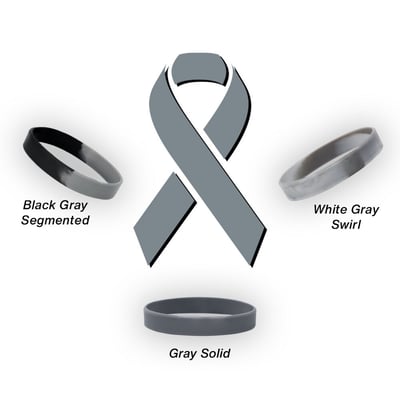
- Ribbon Color: Gray
- Pantone Code: 430C
- Hex Color Code: #7C878E
-
Rapidwristbands Colors: Black Gray Segmented, Gray Solid, White Gray Swirl
[1] White & Grey Matter: Differences, Functions & Medical Terms. Study.com. https://study.com/learn/lesson/white-grey-matter-differences-functions-medical-terms.html
[2] Brain tumor: Symptoms & causes. Mayo Clinic. https://www.mayoclinic.org/diseases-conditions/brain-tumor/symptoms-causes/syc-20350084
[3] Brain Tumors: Coping with Thinking and Memory Problems. University of Rochester Medical Center. https://www.urmc.rochester.edu/encyclopedia/content.aspx?contenttypeid=34&contentid=18064-1
[4] Artificial Intelligence and Precision Medicine: A New Frontier for the Treatment of Brain Tumors. National Library of Medicine - National Center for Biotechnology Information. https://www.ncbi.nlm.nih.gov/pmc/articles/PMC9866715/
[5] Astrocytoma - Childhood: Statistics. Cancer.net. https://www.cancer.net/cancer-types/astrocytoma-childhood/statistics
[6] Brain Tumor Facts. National Brain Tumor Society. https://braintumor.org/brain-tumors/about-brain-tumors/brain-tumor-facts
[7] German Brain Tumour Association. Wikipedia. https://en.wikipedia.org/wiki/German_Brain_Tumour_Association
.png)
.png)
.png)
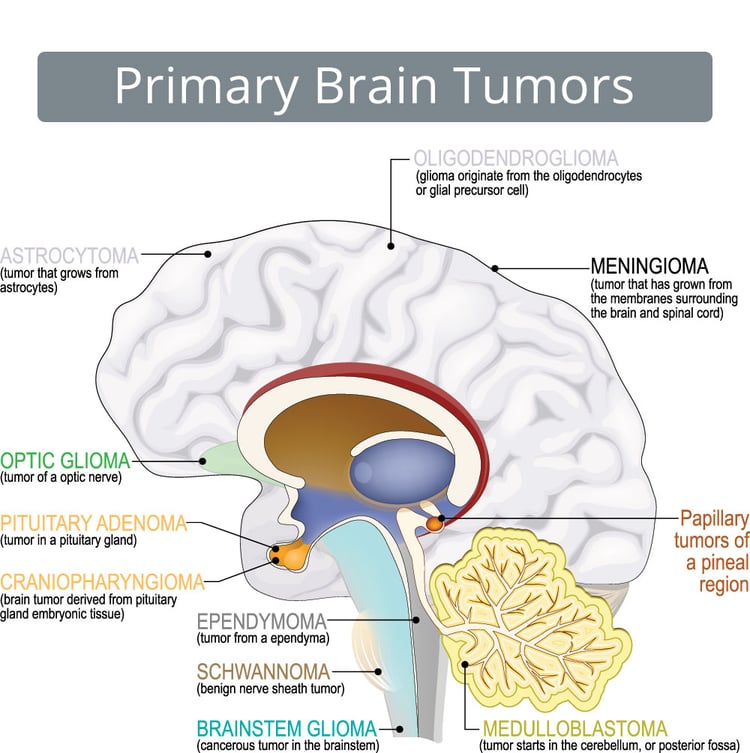

.png)
.png)

.png)
.png)
.png)
.png)
.png)
.png)
.png)
.png)
.png)
.png)
.png)
